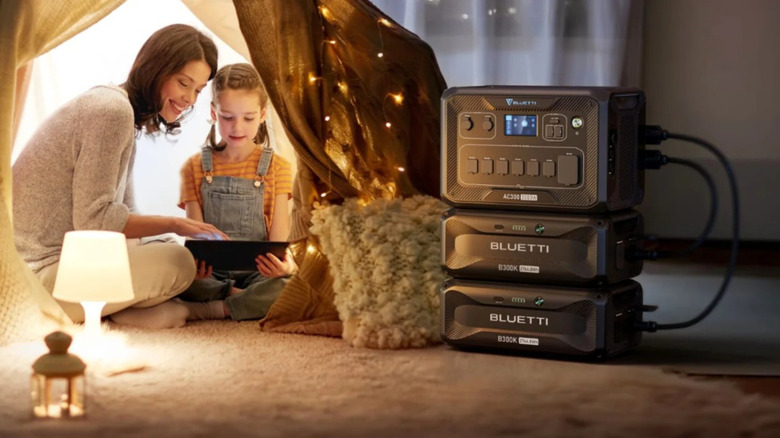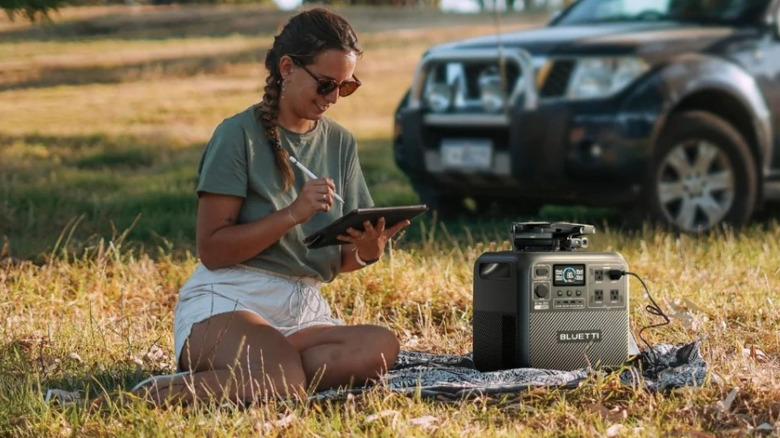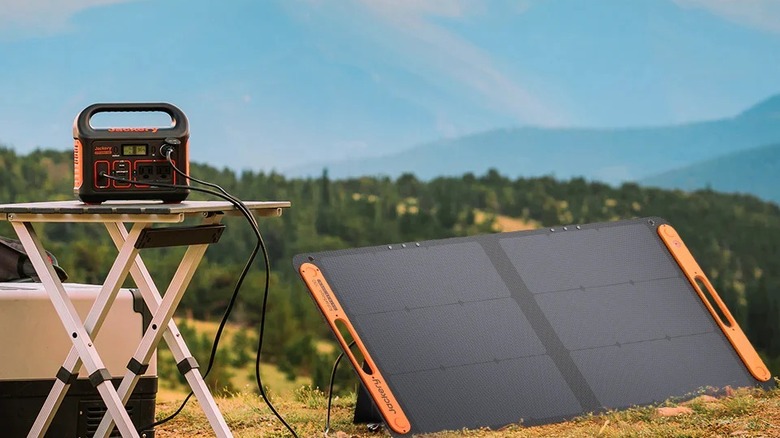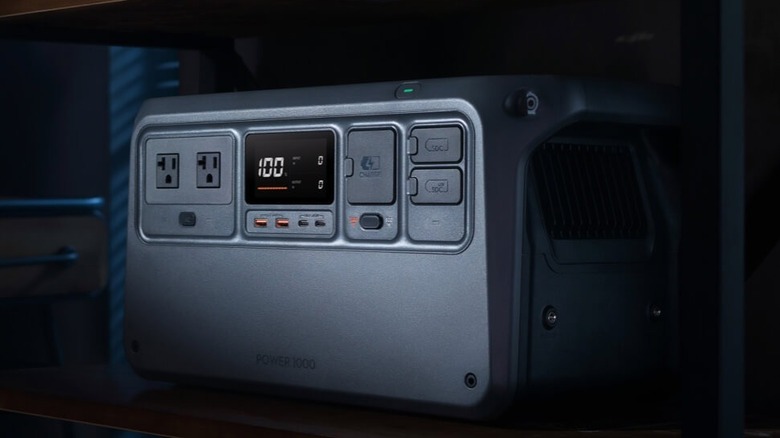The Right (And Wrong) Ways To Care For A Portable Power Station
No matter how reliable the power grid in your area may be, there will be instances when you'll experience unexpected power outages. Maybe a thunderstorm damaged the lines, or perhaps a generator broke down at the power plant. Whatever the case, it's always a good idea to have backup power in the house. One standby power unit you can rely on is a portable power station. This cordless rechargeable device can run your appliances, charge your laptop and phone, and even keep your LED lanterns lit in a pinch. Plus, it can come in handy for other applications like powering your campsite, RV, or tailgate parties.
In terms of service life, a portable power station is built to last as long as 10 to 25 years on average. However, like any other device, it requires proper care and maintenance to achieve such longevity. So what exactly is the right way to keep your portable power station in optimal condition?
Dos and don'ts when using a portable power station
One of the best practices for extending the lifespan of your portable power station is to be mindful of where you're using the device. Unlike fuel-powered generators, portable power stations are designed for both indoors and outdoors. But even so, that doesn't mean they should be placed anywhere willy-nilly.
Keep the unit away from rain, snow, or any water source as they're typically not rated to withstand exposure to water. Check that the ambient temperature is within 14 to 104°F (-10 to 40°C). Never use the power station in a hot car or in direct sunlight; otherwise, you risk causing the battery to overheat and start a fire or explosion. Once you're done with the device, clean it with a dry, clean cloth, especially around the ventilation areas to prevent overheating. Don't apply any harmful chemicals to the casing or electronic components.
Some portable power stations like the Bluetti EB70 feature pass-through charging, where it can be used to power your other devices while it's charging at the same time. While this is okay to do occasionally, don't make it a frequent habit to preserve your battery life. It's also recommended to only use small-power devices, whose consumption is lower than the input wattage that goes into the portable power station.
Best practices when charging your portable power station
There are multiple ways to charge a portable power station, such as via wall outlet, car charger, solar panel, gas generator, and even lead-acid battery. Most major portable power station brands even support three or more charging methods for their units. But when exactly should you charge your unit?
According to manufacturers, a portable power station should be plugged in once it goes below 20%, and before it even reaches 15%. Don't let it drain completely — and keep it empty for long periods — as it can lead to battery failure. If you happen to accidentally deplete the power station to 0, turn it off, leave it uncharged at room temperature for six hours, and then plug into a wall outlet for half an hour or more.
Before charging the device, make sure you're using compatible chargers with no damage to avoid issues. Keep the ambient temperature in the charging location within the safe operating range of 32 to 104°F (0 to 40°C) as well. Although portable power stations are typically protected against overcharging by a battery management system, it's recommended to unplug it once it's fully charged. The charging time will typically last for under ten hours, depending on the source and the size of your unit.
How to properly store your portable power station
Portable power stations are meant to be used regularly. But if you don't find any immediate need for your unit, you can just store it indoors. There are certain precautions you need to take before putting away the device, though. For one, charge it first. Manufacturers advise users to fully charge the portable power station before storage. This is because when not in use, a portable power station's battery charge will drop by 3 to 5% every month. Charging it beforehand will ensure it will last for months.
If you plan on keeping the portable power station stored for more than three months, check on the battery once a week to see if it's still above 50%. Then, recharge the unit every three months. Otherwise, it will overdischarge and deteriorate the battery, potentially leading to complete capacity loss (translation: the battery will no longer work).
Where and how you store the power station is a crucial consideration too. Before you stash it, power it down and unplug any connected cables. It should also be right side up all the time, not lying on its side or upside down. Secure it, so it won't drop from its location, as this can cause internal damage. Speaking of location, humidity levels should be between 0 to 60% and storage temperatures between -4 to 113°F (-20 to 45°C), preferably around 68 to 86°F (20 to 30°C). Plus, keep the location clean, dry, and away from any sources of heat like furnace, radiator, baseboard heater, and especially direct sunlight.



